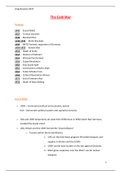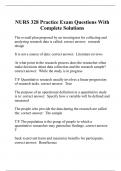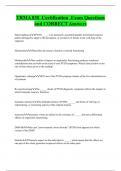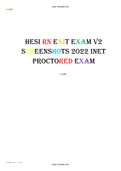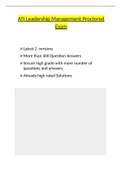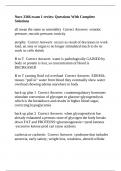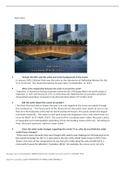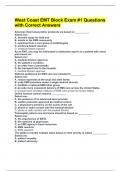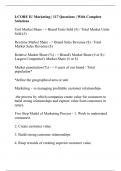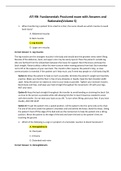Summary
Summary IEB Matric History Notes (Full Matric Syllabus) ALL YOU NEED!
- Course
- IEB Matric History
- Institution
- St John's College, Johannesburg
This pack of notes summarises the entire Matric History Syllabus. The notes include in depth summaries (107 Pages) on the following sections of work - The Cold War (China Case Study); Independent Africa; End of the Cold War and a New World Order; Civil Society Protests (1950's to 1970's); Civil Res...
[Show more]
